
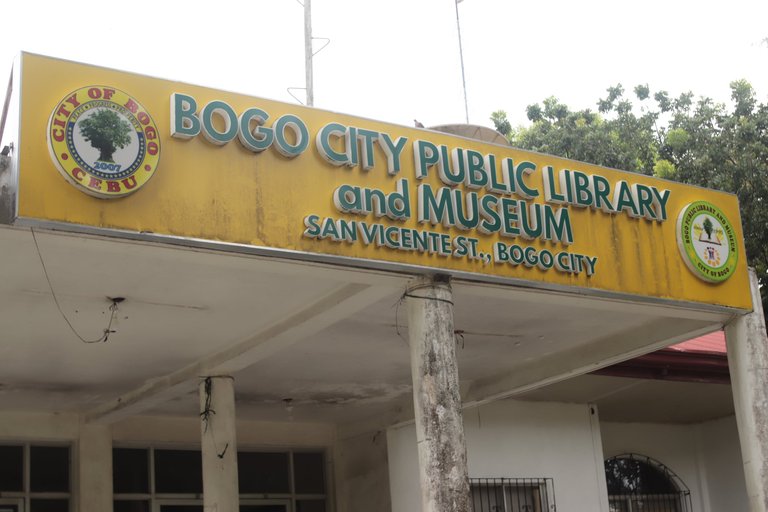
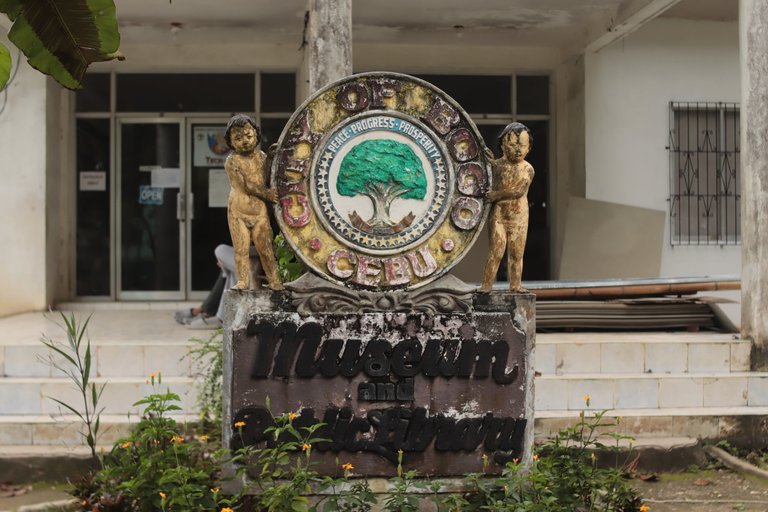
Bogo City Museum is situated right on the iconic plaza of the city, beside the public library. For years, scholars and tourists have visited this historical place over and over, containing the intriguing past and truths about the city—all told from various viewpoints of relevant people who have lived in the city for a long time and purpose.
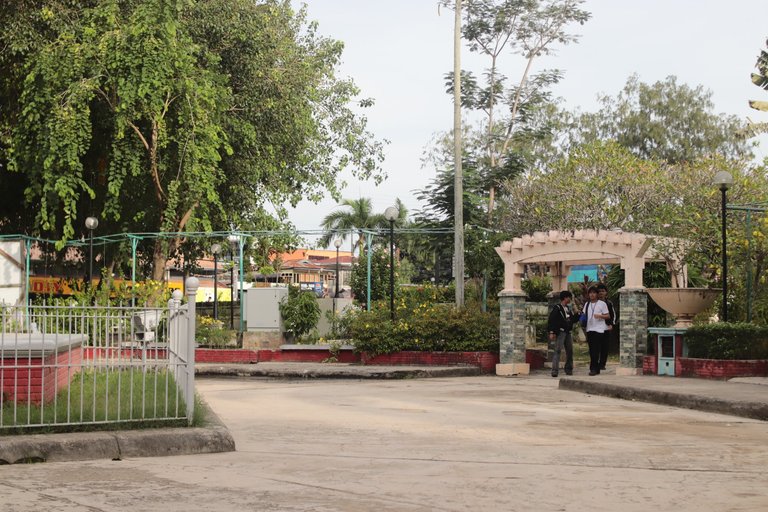
When I was having a walk in Bogo Plaza two weeks ago, capturing photos of the kids' playground which I featured in my post on this platform, I was intrigued to revisit again the public library and museum to see how much change had happened to it. I used to visit this historical place in my first year of college, and this is where I did my reviews on psychology. I often visited it but wasn’t able to explore the details fabricated in it—not until last week when I had the chance.

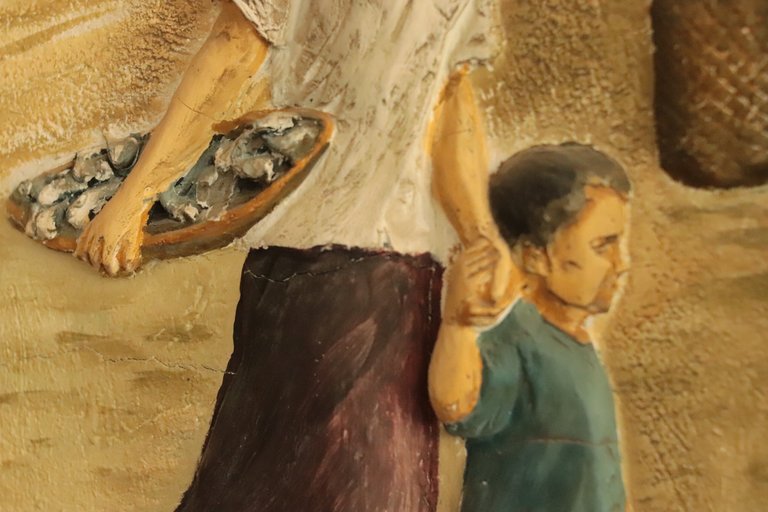
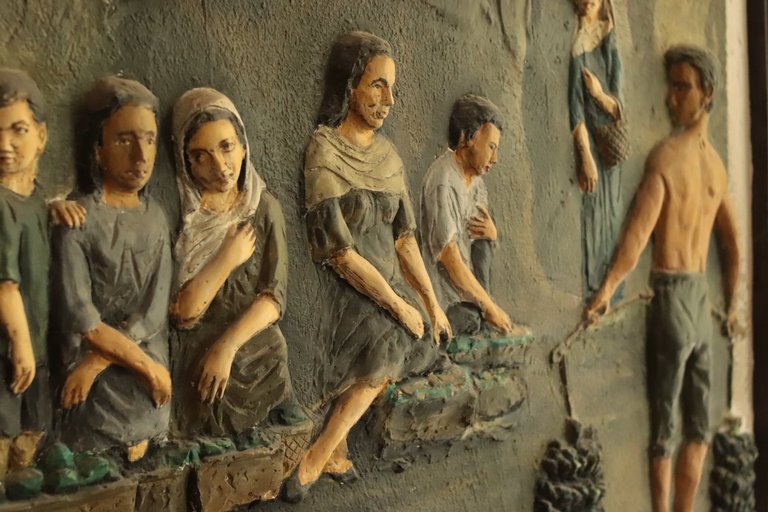
Right upon passing through the entrance door, I saw this simple yet eloquent narrative that was perfectly created. This mural by Bogohanon sculptor and painter Ahmad Escolar (known as Ahmad Clay Escolar) shows the Bogo tree on a nearby shore which, in the early Spanish period, became a meeting place for the townsfolk of Bogo who gathered around the tree to sell their sea and farm produce. Eventually, a small market and barter place evolved around the area.


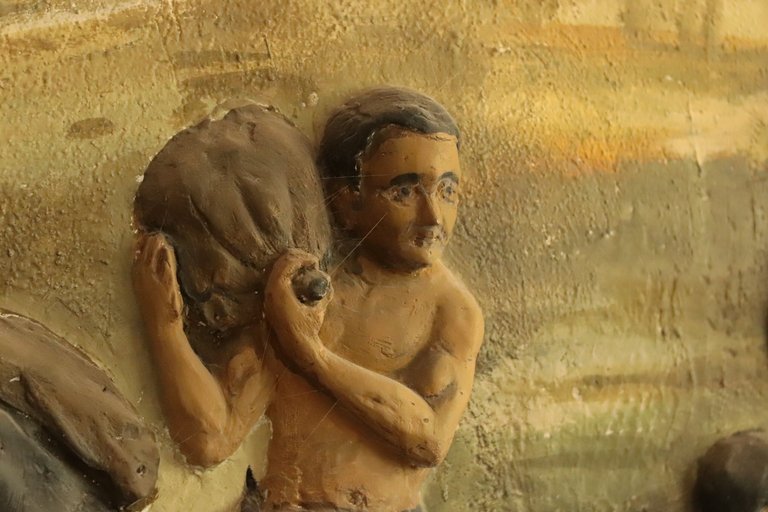
According to legend and tradition written in books and orally spoken by elders, when the Spaniards arrived in Bogo, they asked the natives staying under the tree the name of the place, and not fully understanding what the foreigners meant, they replied “bogo”—and that’s how Bogo got its name from a lone tree that serves as the town’s namesake.


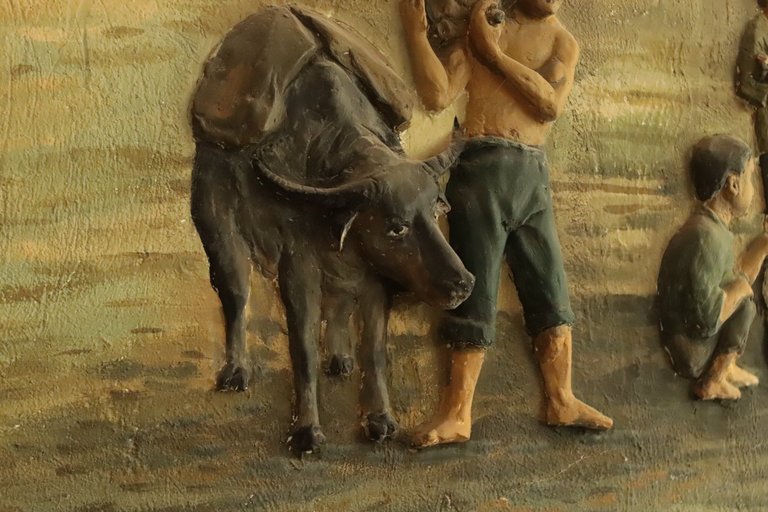
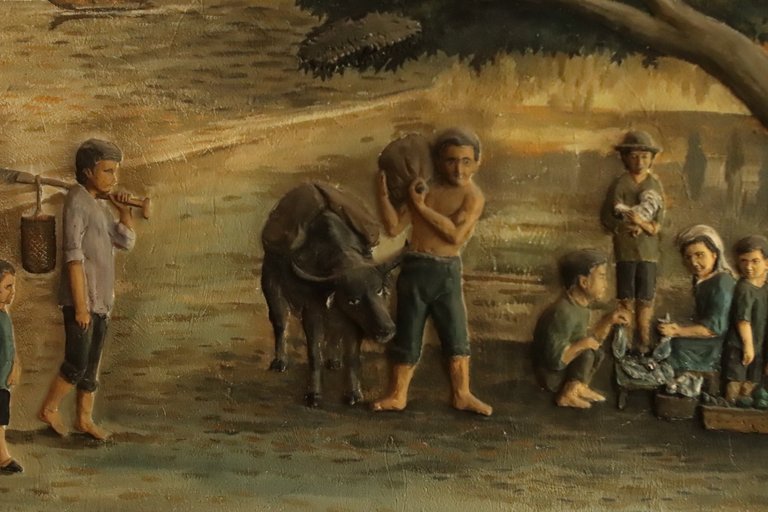
In my research later on, I found out that the scientific tree associated with the Bogo tree name is often listed as Garuga floribunda which can be found in different versions of the legend of the origin of Bogo City.
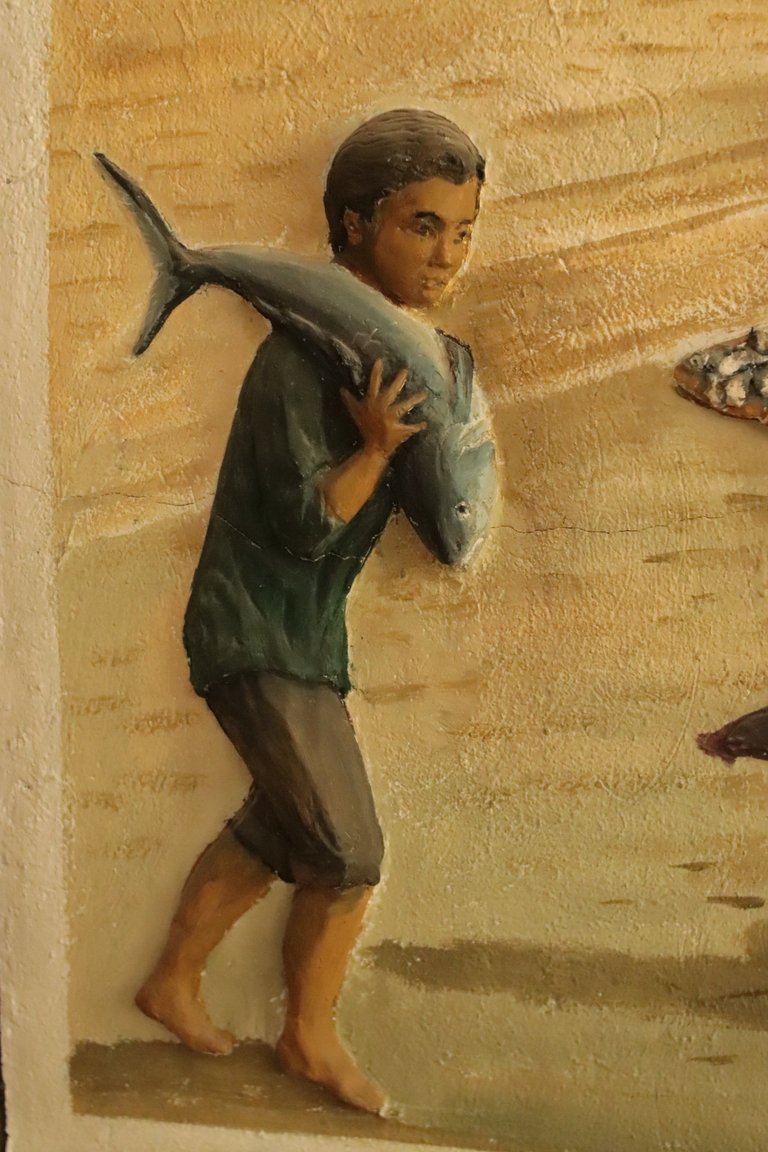
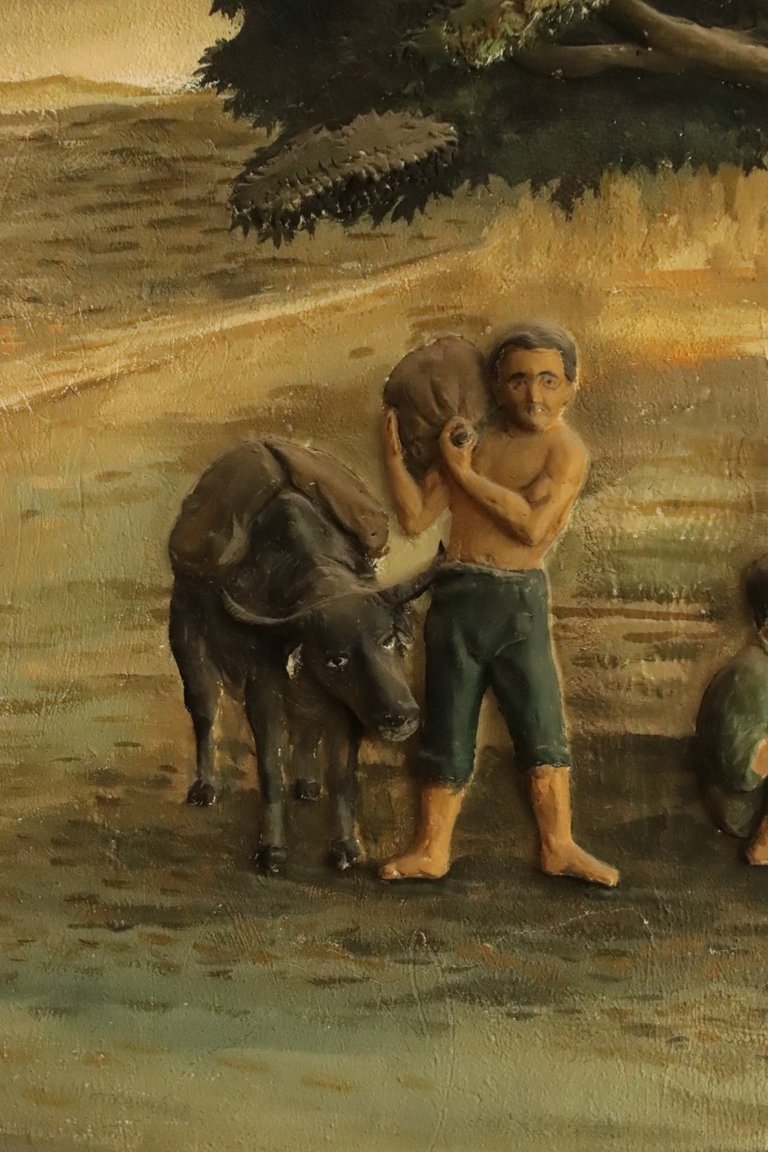
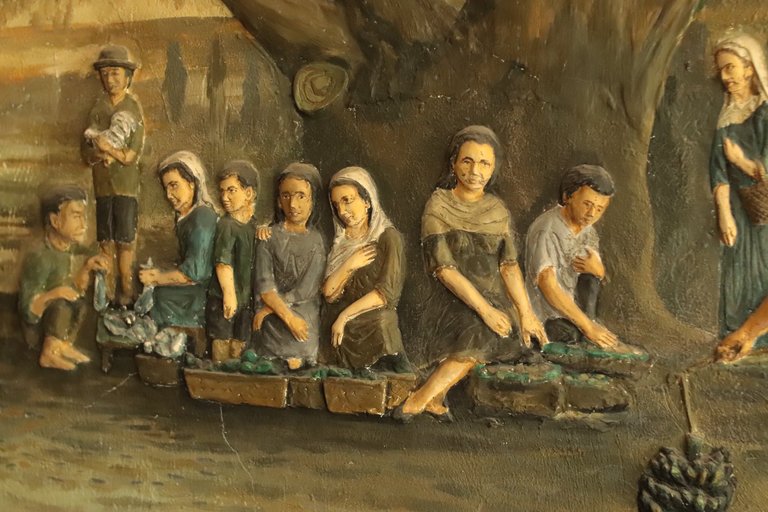
On the sculpture, a group of natives, I assume the original Bogohanons, gather under a firm, magical tree with all their local produce from sea and land in their hands. All walks of life—children, adults, farmers, fishermen—historically bartered their products in the place that later became the origin of the city. A child bringing a big fish caught from the sea, an elder carrying two bundles of bananas, and modest women safeguarding their fishes are a few of the details I see on the artwork. But one thing I love the most is how easily it evokes a feeling of belongingness and a sense of nostalgia to a memory I never experienced about the place I now travel to from time to time.
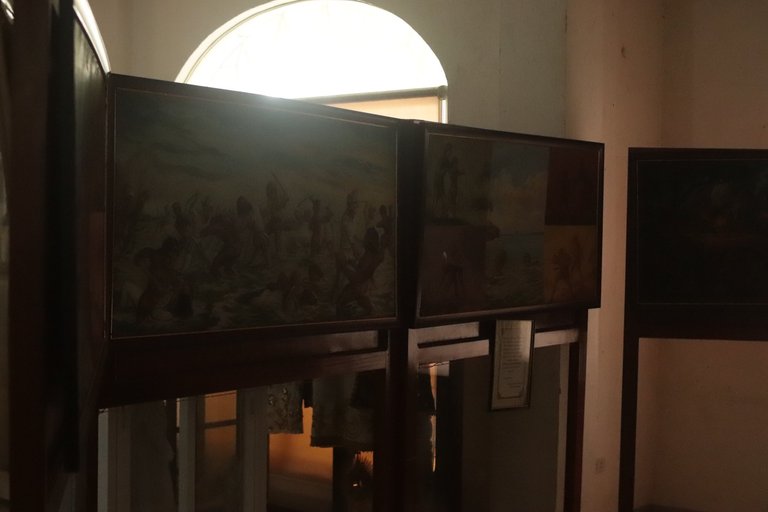
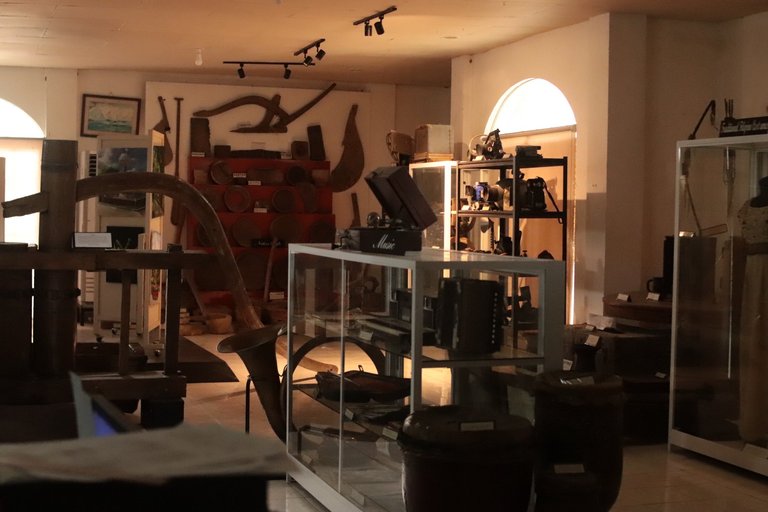

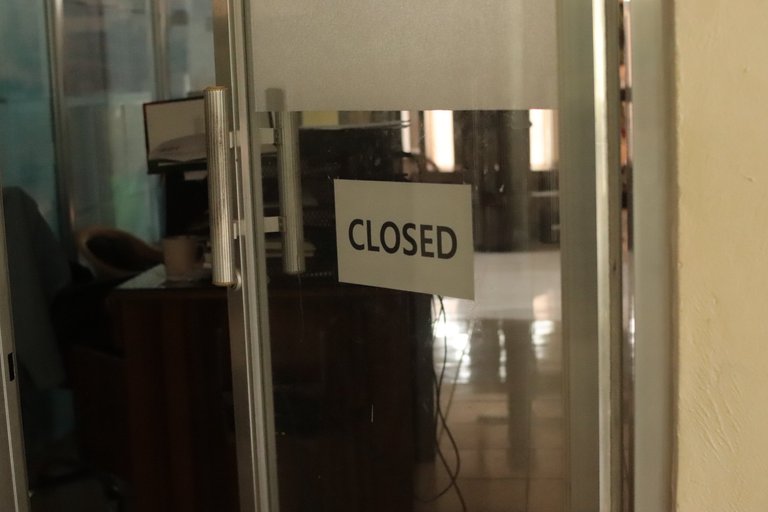
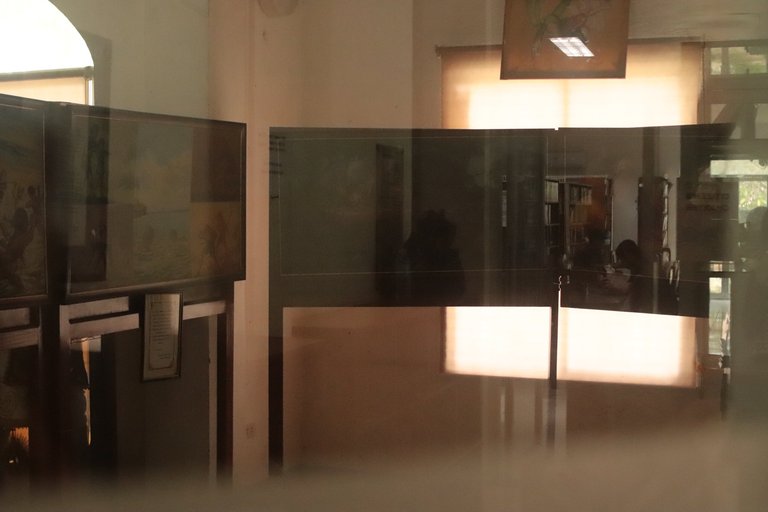
I was about to enter the central or actual museum after this gallery I visited, but a placard written “Closed” made me disappointed. I asked one of the heads of the museum if there could be any possibility that it would open later, but unfortunately, the inside is under maintenance. I had to take a peek inside by inserting my camera, which fortunately fit through the little opening of the door, but it was dark. A little light got into the room, so I could not have a detailed feature of the museum. Maybe another time I can visit the museum and feature the artifacts and fossils displayed in it that celebrate and honor our city.
It was a spontaneous visit to the museum, but I didn’t expect to learn legendary information about the origin of Bogo City. It was an artwork I used to pass by every time I visited the museum, with a story reaching out to my recognition, awaiting me to read a beautiful history. As someone who loves artwork, one of the reasons I just pass by a particular piece is the impression of not decoding the message easily—just like this one. But if I just let myself look closer to the glory of art, I can understand and dig up pieces of information I can connect to know the whole story. Perhaps this is the human side of art—deep and mysterious, thought-provoking and historical.

An artwork I saw behind me while taking a photo of the Bogo Tree and Origin Mural.
Thank you for reading this narrative, my dearest Hivers! Sooner, I will share another artwork discussing a relevant landmark of our city, but I will make a separate post for it since I have to do more research. For now, I hope that you enjoyed this historical piece and will see me in my future blog.
📸
The story becomes more interesting with the arts on the wall. Beautiful Bogo, Cebu.
The arts made the narrative more beatiful and intriguing. Whenever someone views the artwork, they have to look closer in order to find the story.
The sculpture looks amazingly detailed. It must be very beautiful to see it in person. Can it be touched also? For a more sensory appreciation if ever, hehe. This is a good read. Thanks for sharing!
Hi @heymariel I appreciate you passing by. You are right! The sculpture is detailed in person. And the artwork can be touched also for sensory experience. But during the time I took this photo, I didnt touch it because there must be a tension between me and an art made about the origin of the place I am foreign of.